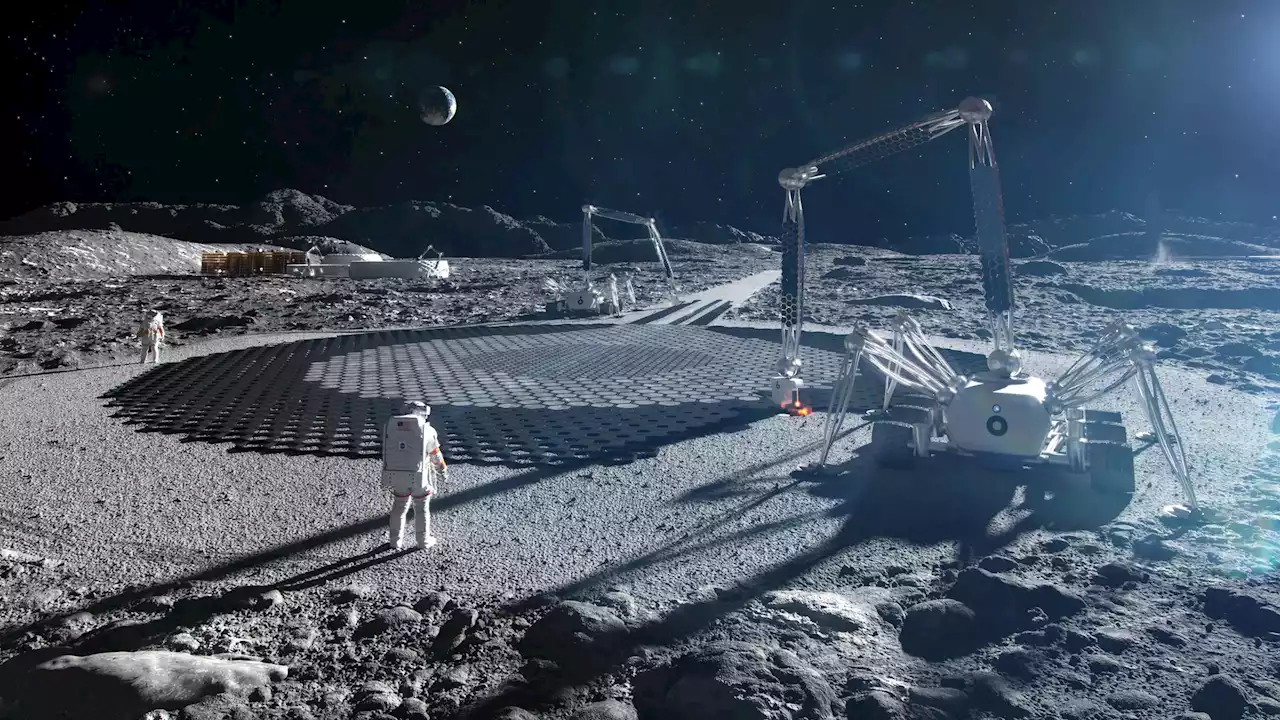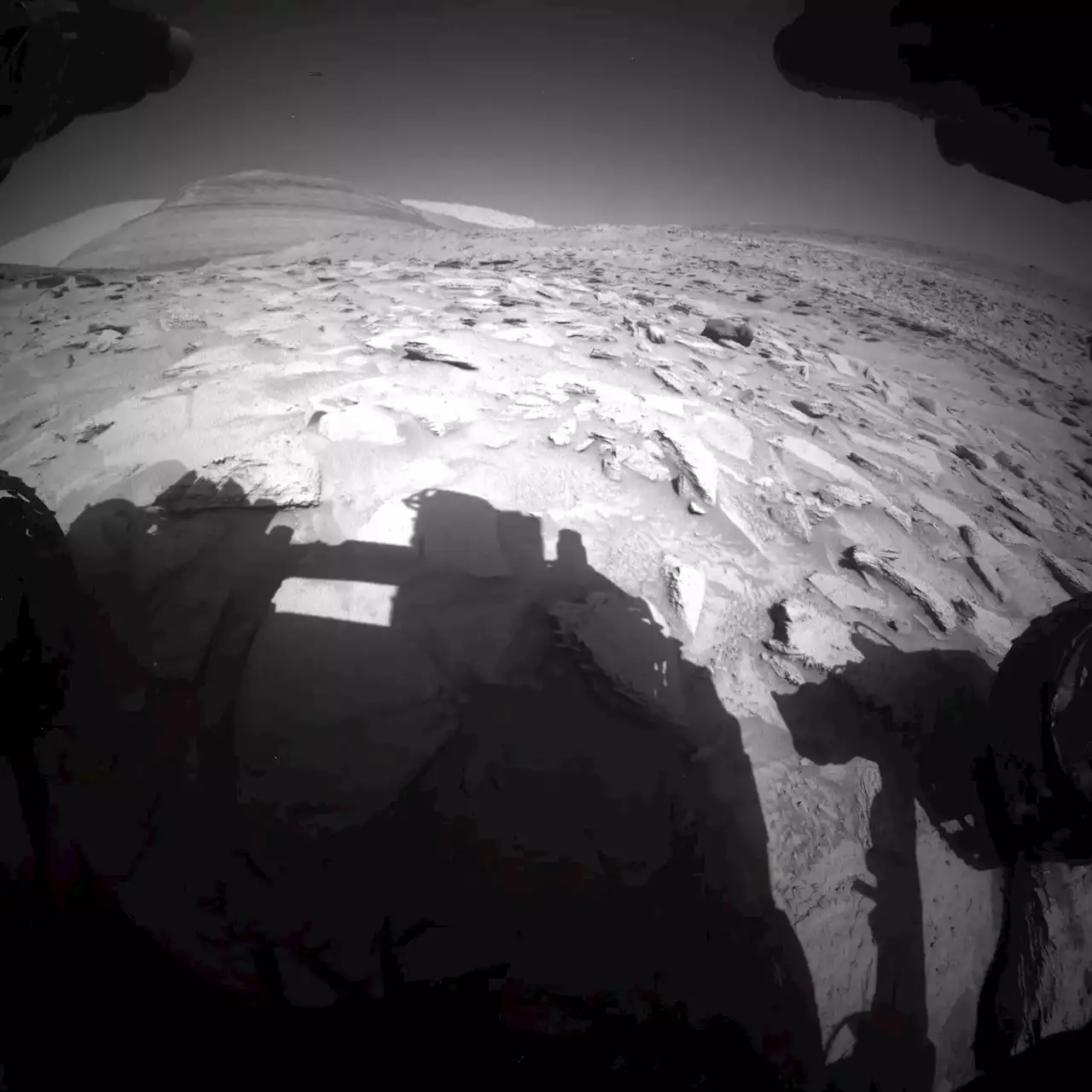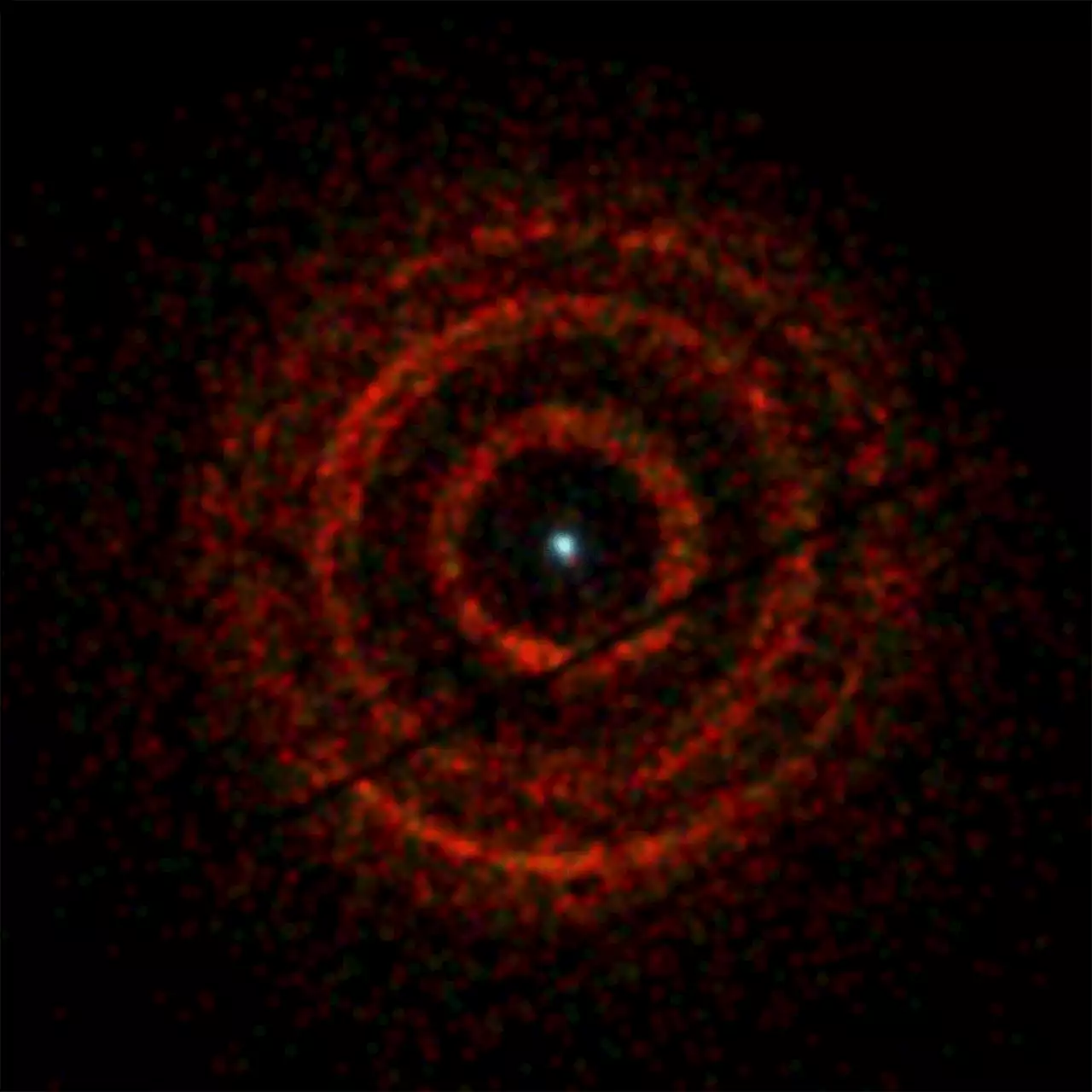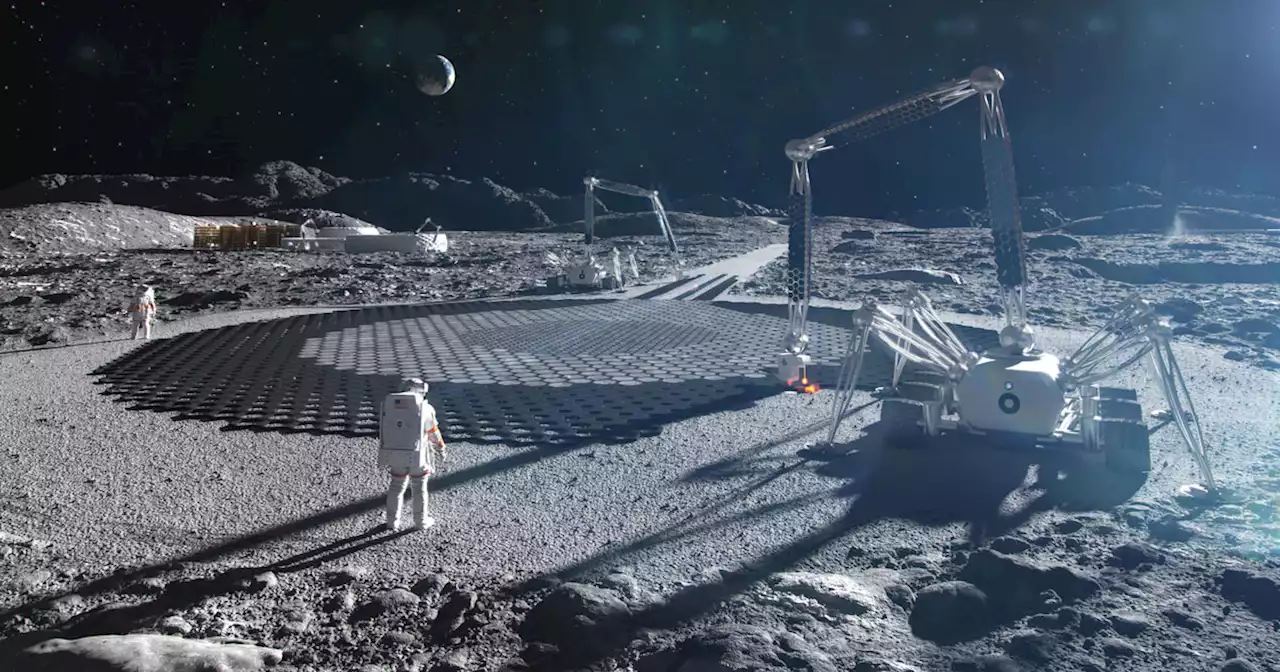This could be huge.
"This is a big step for developing the architecture to build sustainable human bases on other planets.""This is a big step for developing the architecture to build sustainable human bases on other planets."According to the agency, it's the first time such an extraction was completed inside a vacuum environment like the actual Moon.
Similar carbothermal reduction reactions have already been used for decades to produce solar panels and steel, NASA notes. "Our team proved the CaRD reactor would survive the lunar surface and successfully extract oxygen," said Anastasia Ford, a NASA engineer and CaRD test director. "This is a big step for developing the architecture to build sustainable human bases on other planets."
United States Latest News, United States Headlines
Similar News:You can also read news stories similar to this one that we have collected from other news sources.
 Breathing Moon Dust: NASA’s Breakthrough in Lunar Oxygen ExtractionNASA has successfully extracted oxygen from simulated lunar soil in a vacuum, using a specialized carbothermal reactor. This achievement is a major stride towards enabling sustained human presence on the Moon by providing vital oxygen resources for life support and transportation, potentially revolu
Breathing Moon Dust: NASA’s Breakthrough in Lunar Oxygen ExtractionNASA has successfully extracted oxygen from simulated lunar soil in a vacuum, using a specialized carbothermal reactor. This achievement is a major stride towards enabling sustained human presence on the Moon by providing vital oxygen resources for life support and transportation, potentially revolu
Read more »
 NASA squeezed oxygen from mock moon dust. It could help astronauts breathe easy one day.The innovation paves the way for future astronauts to convert lunar soil into breathable air and rocket fuel.
NASA squeezed oxygen from mock moon dust. It could help astronauts breathe easy one day.The innovation paves the way for future astronauts to convert lunar soil into breathable air and rocket fuel.
Read more »
 This Week in Spaceflight: Spacewalks and Spacecraft Shuffling at the ISSWe’ll also be watching the launch of NASA’s hurricane-sniffing TROPICS satellites.
This Week in Spaceflight: Spacewalks and Spacecraft Shuffling at the ISSWe’ll also be watching the launch of NASA’s hurricane-sniffing TROPICS satellites.
Read more »
 Did NASA Forget How to Put People on the Moon?NASA’s Artemis program to return humans to the lunar surface is moving at a snail’s pace. Here’s why.
Did NASA Forget How to Put People on the Moon?NASA’s Artemis program to return humans to the lunar surface is moving at a snail’s pace. Here’s why.
Read more »
 NASA’s Curiosity Mars Rover: We Made It to the Top!NASA's Curiosity Mars rover has successfully reached the top of a canyon it has been climbing for weeks, offering a new view and interesting rocks for study. The rover will use various instruments to observe these rocks and the Martian atmosphere, helping to further our understanding of the Martian
NASA’s Curiosity Mars Rover: We Made It to the Top!NASA's Curiosity Mars rover has successfully reached the top of a canyon it has been climbing for weeks, offering a new view and interesting rocks for study. The rover will use various instruments to observe these rocks and the Martian atmosphere, helping to further our understanding of the Martian
Read more »
 Overview | Black Hole Week – NASA Universe Exploration
Overview | Black Hole Week – NASA Universe Exploration
Read more »
